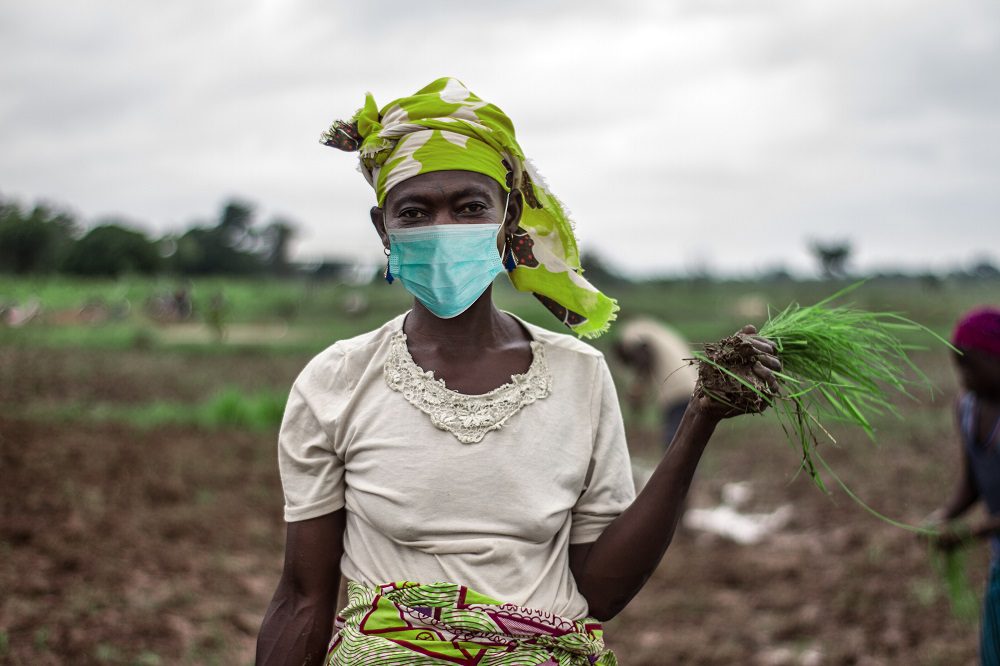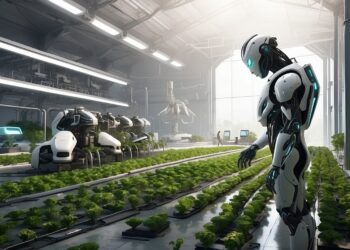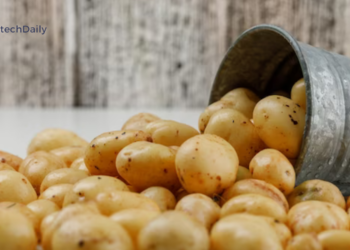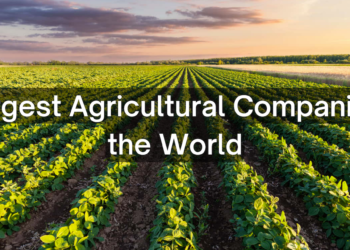The COVID-19 pandemic has had a significant impact on the global economy, causing widespread disruptions and challenges in many industries, including agriculture and food production. The pandemic has disrupted global supply chains, causing shortages of essential goods, including food, and affecting the way farmers produce and distribute their products.
Additionally, the pandemic has impacted the labor force in agriculture, leading to a decrease in the efficiency of farming operations. We will also explore the role of technology in the agriculture sector and how it has helped to overcome some of the challenges posed by the pandemic.
Impact on Agriculture
The pandemic has had a profound impact on agriculture. The lockdowns and travel restrictions imposed to curb the spread of the virus have disrupted the supply chain, causing delays in the delivery of inputs such as seeds, fertilizers, and other supplies to farmers. This has impacted the efficiency of farming operations and has added to the challenges faced by farmers.

Additionally, many farmers were unable to sell their products due to the closure of markets, leading to overproduction and a decrease in prices. This has resulted in a loss of income for many farmers and has impacted their ability to invest in their farms.
The pandemic has also impacted the labor force in agriculture, with many migrant workers, who are critical to the agriculture sector, being unable to travel to their workplaces due to travel restrictions. This has resulted in a decrease in the efficiency of farming operations and has added to the challenges faced by farmers.
Impact on Food Production
The impact of the pandemic on agriculture has also had a ripple effect on food production. The disruptions in the supply chain have resulted in shortages of food, leading to increased prices and making it difficult for many families to access affordable food.
The pandemic has also impacted food distribution, with restrictions on the movement of people and goods causing delays in the delivery of food to supermarkets and other retail outlets.
The pandemic has also affected the food processing sector, with many processing facilities facing disruptions due to lockdowns and the need for social distancing measures. This has led to a decrease in the production of processed foods, further exacerbating the food shortages.
Mitigating the Impact
Governments and organizations have taken steps to mitigate the impact of the pandemic on agriculture and food production. One of the measures taken has been to support farmers through financial assistance and subsidies. This has helped farmers to maintain their operations and has ensured that food production continues.
Another measure that has been taken is the implementation of new technologies in agriculture. This has helped to increase efficiency and reduce the impact of labor shortages. For example, the use of drones for crop management and monitoring has become more widespread, allowing farmers to manage their crops more effectively.
The use of precision agriculture technologies, such as precision planting, has also become more widespread, allowing farmers to improve the efficiency of their operations and increase their yields.
The food processing sector has also benefited from the implementation of new technologies, with many companies adopting digital solutions to streamline their operations and reduce the impact of the pandemic.
For example, many food companies have shifted to online ordering and delivery systems, allowing consumers to access food more efficiently. The use of automation and robotics in the food processing sector has also increased, reducing the need for manual labor and helping to maintain food production levels.
The Future of Agriculture and Food Production
The pandemic has presented significant challenges to agriculture and food production, but it has also shown the need for greater resilience and adaptability in the industry. The events of the past year have demonstrated the importance of having a robust and flexible supply chain, as well as the benefits of incorporating technology into the agriculture sector.

Moving forward, the agriculture and food production industry will need to focus on building a more sustainable and resilient system that can withstand future disruptions. This will involve investments in technology, such as precision agriculture and food processing automation, as well as improvements in the supply chain to ensure that food is available to consumers in a timely and affordable manner.
Another important aspect of the future of agriculture and food production will be sustainability. With growing concerns about climate change and the need for sustainable agriculture practices, the industry will need to focus on finding ways to produce food in an environmentally responsible manner. This will involve adopting practices such as regenerative agriculture and using alternative energy sources to power farming operations.
Conclusion
The pandemic has had a significant impact on agriculture and food production, disrupting supply chains and causing shortages of essential goods, including food. The events of the past year have demonstrated the need for greater resilience and adaptability in the industry, as well as the benefits of incorporating technology into agriculture and food production.
Moving forward, the agriculture and food production industry will need to focus on building a more sustainable and resilient system that can withstand future disruptions. This will involve investments in technology, improvements in the supply chain, and a focus on sustainability. With these efforts, the agriculture and food production industry can continue to play a vital role in providing food security for communities around the world.













